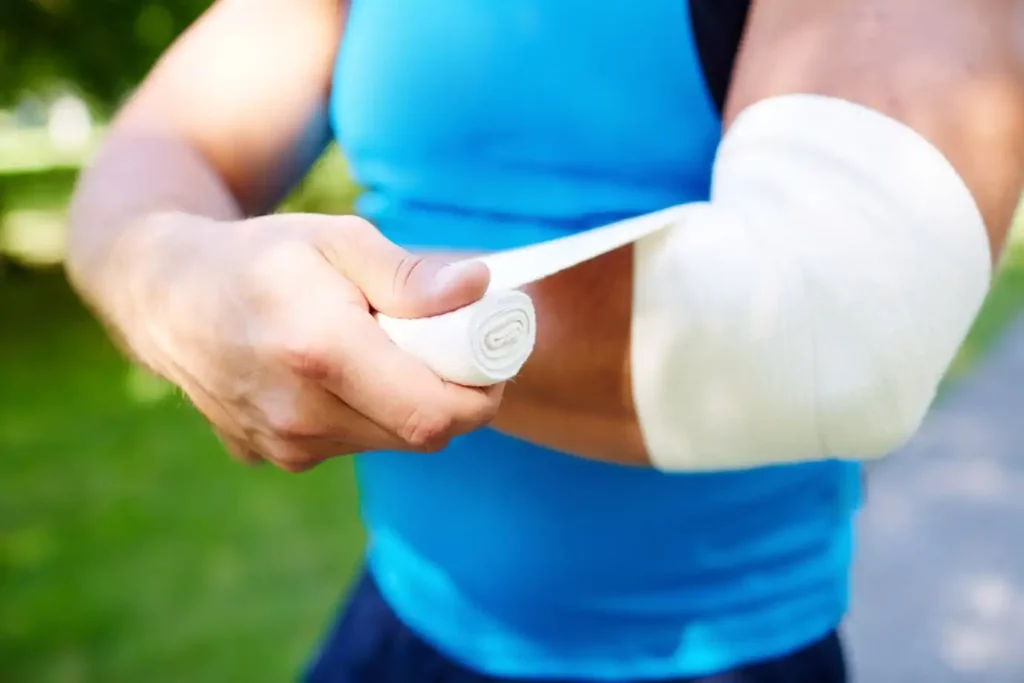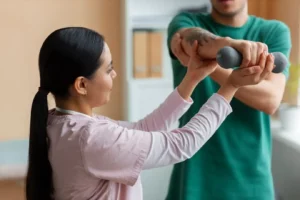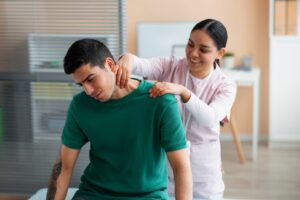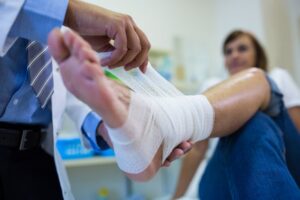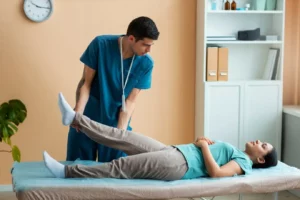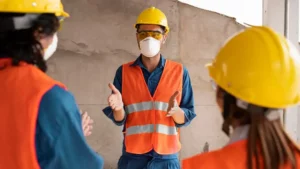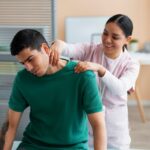Injury prevention is a collective effort that requires active participation from families, schools, and workplaces. By working together, these groups can create safer environments, educate their members, and reduce the risk of preventable injuries. This blog explores actionable ways families, schools, and workplaces can promote injury prevention and foster a culture of safety.
For Families: Building a Safer Home Environment
1. Conduct Home Safety Checks
- Inspect your home for common hazards such as loose rugs, exposed wires, or cluttered walkways.
- Install safety features like smoke detectors, grab bars in bathrooms, and non-slip mats in wet areas.
2. Educate Children About Safety
- Teach children the importance of staying away from sharp objects, electrical outlets, and hot surfaces.
- Practice fire drills and teach kids how to respond in emergencies.
3. Create a Family Emergency Plan
- Develop a plan for fire, earthquakes, or severe weather, and practice it regularly.
- Keep an emergency kit stocked with essentials like water, first aid supplies, and flashlights.
4. Promote Road Safety
- Always wear seatbelts and teach children the importance of crossing streets safely.
- Use appropriate car seats or booster seats for younger children.
For Schools: Teaching Safety Awareness Early
1. Integrate Safety into the Curriculum
- Include lessons on road safety, fire drills, and basic first aid in health or physical education classes.
- Use age-appropriate activities to teach children how to recognize and avoid hazards.
2. Organize Safety Drills
- Conduct regular fire, earthquake, and lockdown drills to ensure students and staff know what to do in emergencies.
- Review and update emergency procedures annually.
3. Collaborate with Safety Experts
- Invite professionals like firefighters, paramedics, or police officers to speak to students about safety.
- Host workshops or interactive sessions to engage students in learning about injury prevention.
4. Maintain Safe Facilities
- Ensure playground equipment is properly maintained and age-appropriate.
- Keep hallways, staircases, and classrooms free from clutter to reduce trip hazards.
For Workplaces: Fostering a Culture of Safety
1. Provide Regular Safety Training
- Train employees on workplace safety protocols, such as proper lifting techniques and equipment usage.
- Include sessions on emergency preparedness and first aid.
2. Conduct Workplace Safety Audits
- Identify and address hazards, such as slippery floors, exposed wiring, or poorly lit areas.
- Regularly inspect machinery and tools to ensure they are in good working condition.
3. Promote Ergonomics
- Provide ergonomic furniture and tools to reduce the risk of repetitive strain injuries.
- Encourage employees to take regular breaks and stretch during long shifts.
4. Celebrate National Safety Month
- Use the observance to highlight injury prevention through activities like safety contests, workshops, or guest speakers.
- Share safety tips via newsletters, emails, or posters to keep safety top-of-mind.
How to Promote Injury Prevention Together
Host Community Safety Events
- Families, schools, and workplaces can collaborate to host events like safety fairs or first aid training sessions.
- Invite local experts to provide hands-on demonstrations and resources.
Encourage Open Communication
- Create platforms where individuals can report hazards or share safety concerns without fear of reprisal.
- Involve everyone in decision-making for safety initiatives.
Leverage Technology
- Use apps and online tools to track safety compliance, educate members, and raise awareness about injury prevention.
The Ripple Effect of Injury Prevention Efforts
By actively participating in injury prevention, families, schools, and workplaces can:
- Reduce the number of preventable injuries and fatalities.
- Foster a sense of responsibility and community.
- Empower individuals to take proactive steps toward safety.
Conclusion
Injury prevention begins with awareness and collective action. Families, schools, and workplaces each play a vital role in promoting safety and reducing risks. By implementing these strategies, we can build safer environments where everyone can thrive.
For more tips on injury prevention and safety resources, visit Injuries Wiki—your trusted guide to staying safe.

